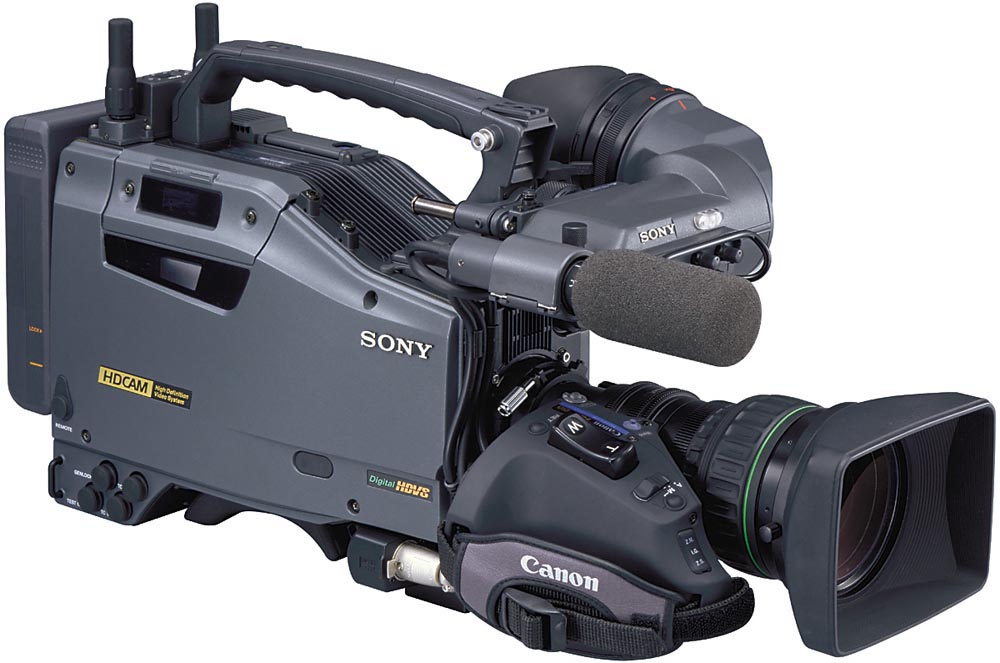There are several issues you must weigh when purchasing a camcorder for the purposes of film transfer.
If, for example, your ultimate goal is to someday have your video projected from celluloid in a movie theater, you’ll need to consider shooting your source footage at 25 frames per second, which will make for a smoother transition to the 24 frames of traditional film stock. To do this, you’ll need a PAL-formatted camcorder (commonly sold in European markets) rather than a camera that shoots at the standard 30 frames per second.
In addition, if you’re interested in widescreen projection, there are some cameras specifically designed for capturing images in the elongated 16:9 aspect ratio. These considerations are critical to your success with video-to-film projects, so carefully examine any prospective camcorder for the appropriate features and consult a film transfer facility to see what they recommend.
It would be smart to create an online backup of your film in case it's lost. It also makes it more convenient to access
It would be smart to create an online backup of your film in case it's lost. It also makes it more convenient to access

24P
The most direct way to transfer progressive frame video to film stock is using a 24P camera. This camera records one complete image scan for each frame of celluloid. Pioneered by Sony, and now available from several makers, this technology has the ability to record 40 minutes of HD footage on a compact $70 cassette (compared to the $400 for 4-minutes of 35mm motion picture film, with processing costs). The 24 frame progressive camera provides an even higher image quality than standard HD camcorders through increased vertical resolution and the elimination of any interlaced-associate aliasing.
Progressive-Frame Cameras
Typically video cameras record each frame as an interlaced composite of two fields captured 1/60th of a second apart: Each field holds every other line of resolution in a single video frame. Progressive-frame camcorders, in contrast, do not skip lines when recording video: they record each frame as an entire still image , gathering the data on every line on the CCD.
Interlaced video comprises 60 fields of data per second: however, none of those fields holds all of the lines from the CCD at any single moment .By combination the lines of one field with the lines of another, the camera is able to create 30 full frames, which approximate all of the motion captured through the lens. This operation is mainly due to the rate at which television sets are able to play back video. Some manufacturers understand, however, that videophiles may want to achieve a more cinematic effect by approaching film’s standard24 –fps rate. This can be achieved by scanning 30 complete images (not half frames) onto the CCD and duplicating each to create 60 fields. This is how progressive scan images are made.
Some camcorders feature a faux progressive-frame mode (on Canon models it’s called Frame Movie mode). Instead of providing a true progressive scan, these cameras interpolate field lines to achieve a 30-fps effect—which, though impressive, actually reduces resolution slightly, presenting a problem if you intend to transfer to film someday.
True progressive-scan cameras retain all scan lines and vertical resolution for the stated shutter time, and then use this single image to form both fields of the video frame.
3 comments:
freind we r trying to shoot a comercial bengali feature film in Hd and have reverce tele cine for thearitical release could u kindly inform the camera how much light is to be used post production for reverce telecine in india.
Hello!
Nice Blog!
i just bookmarked it!
im looking a hx200 used or new to buy, do you know a e-store or some place were i can find the best deal?
thnxs.
Alan.
nadalpiantini@gmail.com
Camera is such a very nice technology for now its very good idea
to write an article like yours that was very good i have a
online camera store australia
i need to write some blogs so i can boost my sales in my online
store atleast i have a idea now thanks for you.
Post a Comment